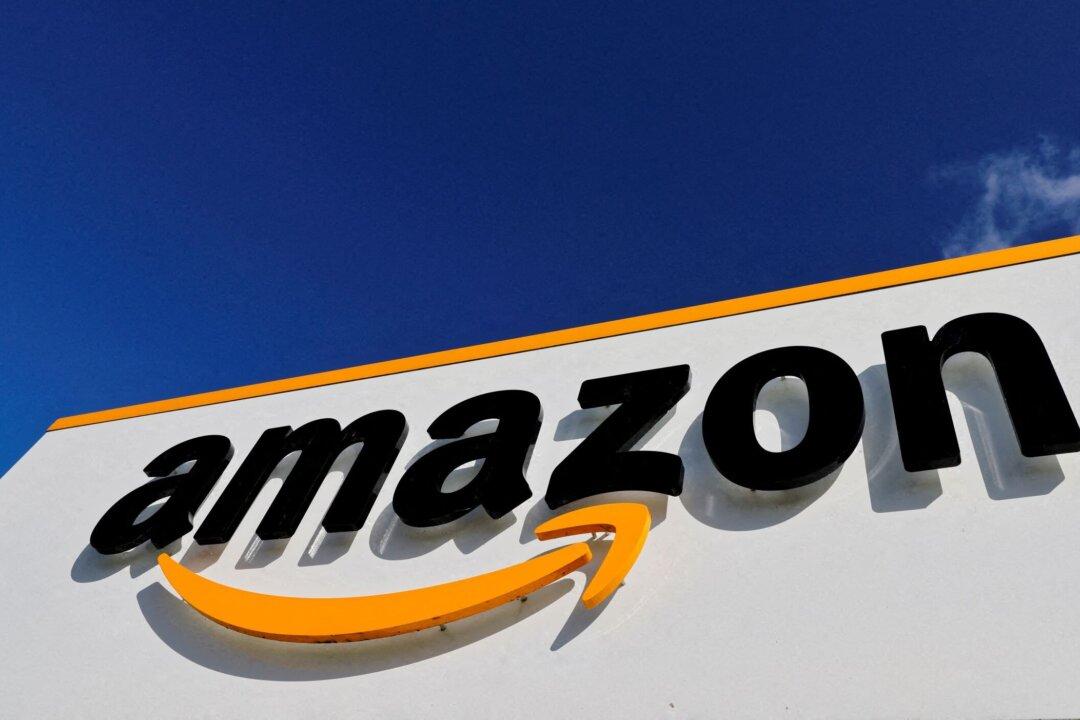News Analysis
Amazon, the world’s largest online retailer outside China, has reported subpar financial results as well as significant layoffs. Its stock is down almost 50 percent over the past 12 months. A look under the hood of the trillion-dollar behemoth reveals a series of investment decisions that haven’t quite panned out.





